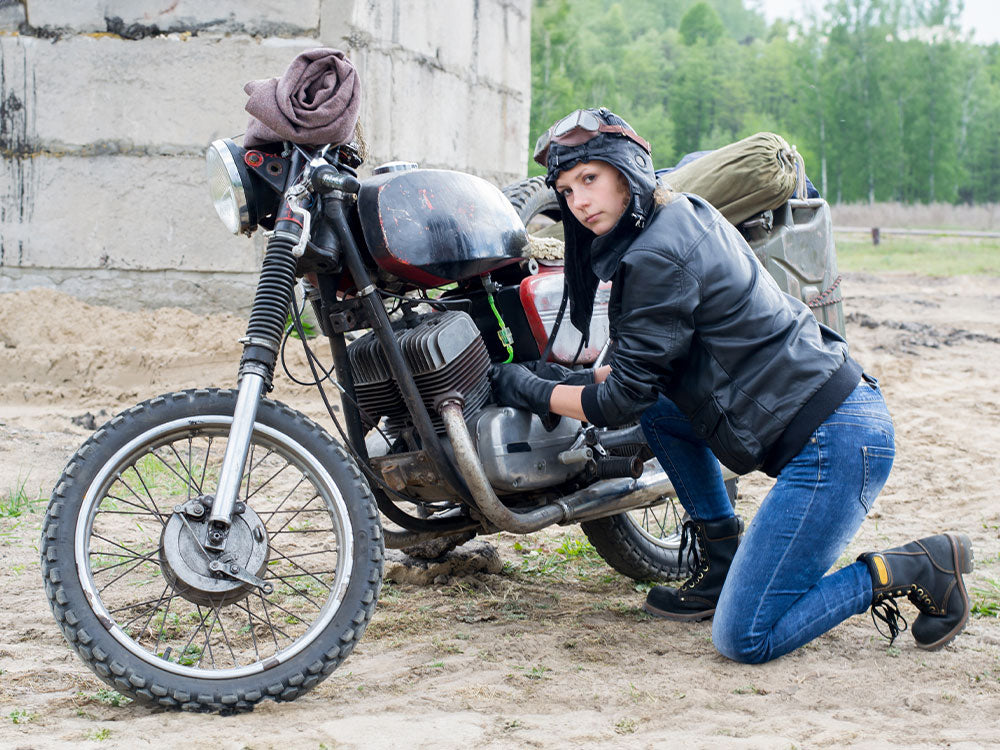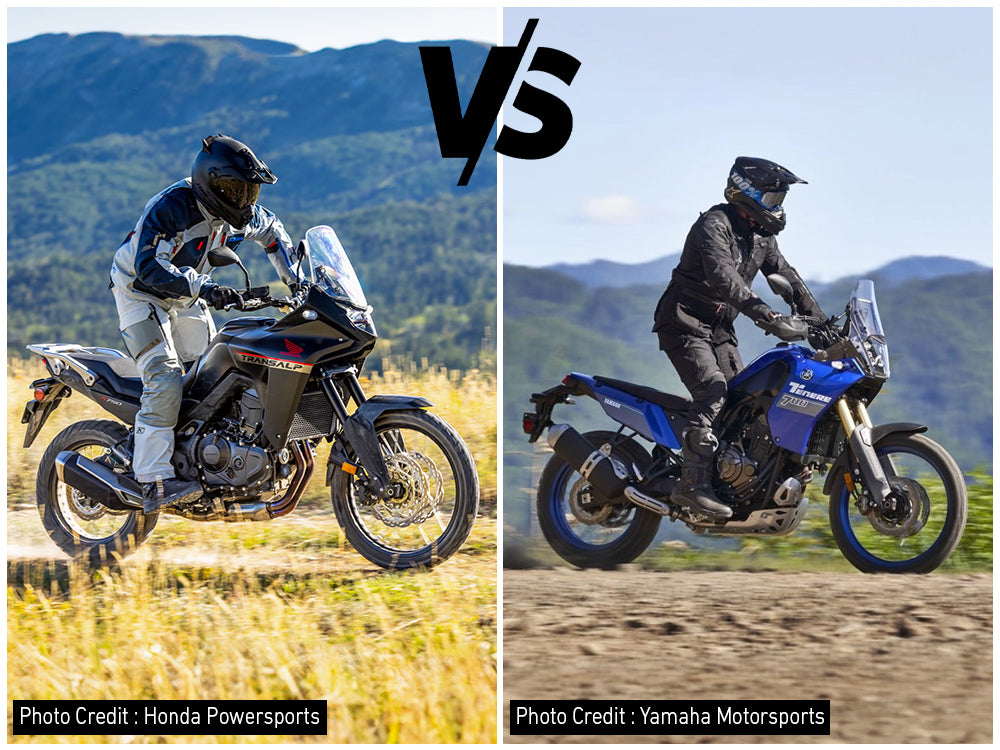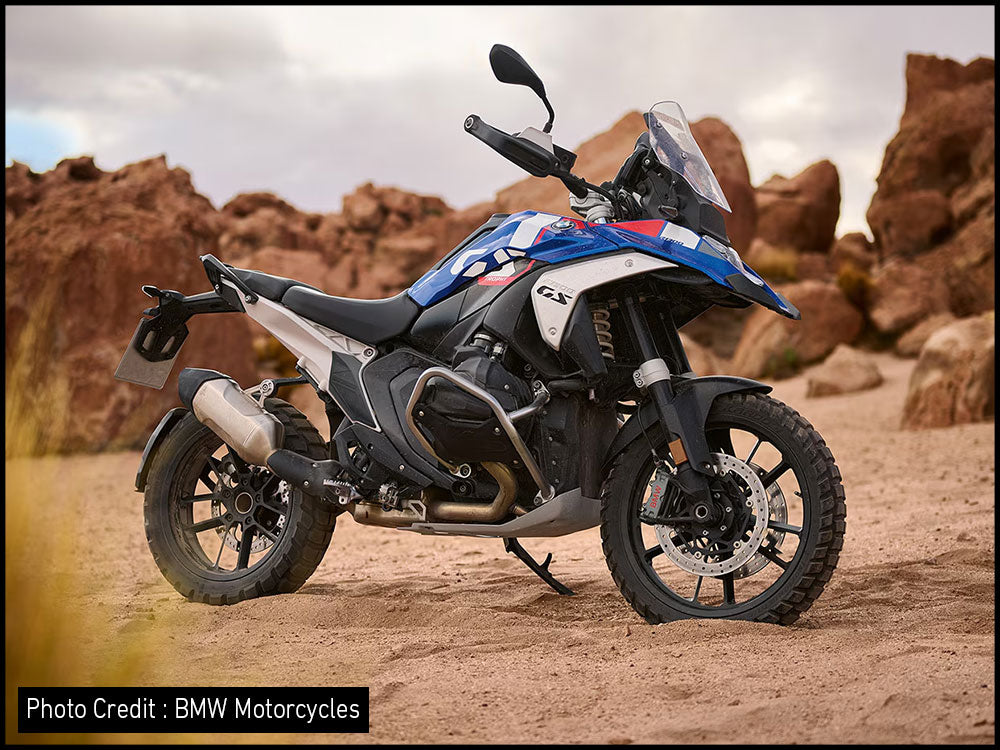Table of Content
If you are a motorcycle enthusiast, you will never stop riding, no matter what season it is. You will always be looking to go out for a ride. Extreme weather conditions, whether too hot or cold outside, can make motorcycling challenging. It poses several challenges to riders and forces them to stay at home.
However, there are several techniques and gear options that can help you tackle these extreme weather conditions. There are several winter riding gear options and tips to ride safely in winter and summer. You can enjoy motorcycle riding throughout the year without compromising your safety.
On the other hand, motorcycles are also subjected to several risks while riding in extreme weather conditions, particularly in winter. You must take good care of your motorbike to keep it functional if you want to continue using it in winter. If you ignore taking special care of your motorcycle in winter, it will stop working.
If you don’t want to spend a lot of money in repairing your bike and want to keep enjoying motorcycling in winter, don’t ignore these essential maintenance tips to maintain your motorcycle in winter.
1. Good Tires Are Essential for Winter Motorcycle Riding
1.1 Do Tires Require More Attention in Winters or Summers?
Most riders don’t consider the importance of suitable tires in winter. Riders commonly perceive that tires must be well-maintained and taken care of in the summer. Riders believe that tires don’t require much attention in winter.
It is true that tires tend to wear out quickly in the summer. The air pressure in the tire easily makes its way out , making it underinflated. As a result, riders mostly ride underinflated tires, causing more damage and compromising their safety.
Motorcycle tires tend to live longer in winter. They don’t wear out quickly. However, other problems must be taken care of while riding in winter.
1.2 Traction Becomes A Major Concern in Winters
Traction becomes a significant concern while riding in winter. Roads are usually wet and slippery. It is because it is either raining or snowing in winter. Considering the state where you live and the weather in your region, you need to be careful about the conditions of your motorcycle tires. It is difficult to maintain balance and stay stable while riding in winter.
1.3 Tire Treads Are Important

Your tires must have adequate treads to ensure better traction and safety while riding in winter. Considering the age and use, the treads on your motorcycle tires can wear out or disappear.
1.4 Should You Replace Your Tires for Winters?
If more than 50% of the treads on tires are gone, replacing them before winter starts is better. Treads help provide more traction to keep the bike running smoothly and accelerating.
2. The Fuel Needs to Be Checked Regularly in Winter
Many problems can arise with the fuel in your gas tank in winter. The fuel in the gas tank can cause more damage to your bike than you can imagine. It can kill your motorcycle without you even realizing it.
To understand this issue better, we must know about one of the fuel's most notable chemical properties. Most of us may not know about it, but the gas in your tank is hygroscopic. It attracts moisture from the air.
2.1 How Moisture Can Affect the Fuel Quality?
As the fuel gets contaminated with the water content, it does not burn as effectively as the fuel in its purest form. As a result, when the combustion is compromised, the motorcycle does not perform well. It can result in:
- Poor acceleration.
- Poor engine performance.
- Loss of engine power
- Engine stalling.
- The bike doesn’t start at all.
2.2 The Fuel Tank Problems
When the moisture enters the gas tank, it reacts with its inner surface and causes rust formation. The rust formed inside the tank starts building up at the bottom and then enters the fuel lines.
Rust also enters the fuel injectors and carburetors from the fuel lines. From there, the rust eventually enters the engine, resulting in a malfunction.
2.3 Why the Fuel Isn’t a Problem in Summers?
The fuel we use in our motorcycles in the summer is the same. It absorbs moisture from the air in the same manner as it does in winter. However, the difference lies in the use of the motorbike. You ride more in summer and don’t let the water content settle in the gas tank for long.
The engine reaches its optimal temperature quickly in summer, and there are no motorcycle starting issues. The in and out-flow of the fuel is rapid, which doesn’t let the moisture create gunk inside.
In winter, motorcycles are stored longer and aren’t used frequently. It allows the moisture to settle in and cause issues.
2.4 How to Avoid Fuel Contamination in Winters?
There are a few ways you can avoid fuel contamination in winter and save your motorcycle from dying. These include:
- Ride more so the moisture in the fuel never gets the chance to settle in.
- Drain the fuel entirely if you are storing your motorcycle for winter.
- Set the petcock knob on “Off” when you are not using the motorcycle to stop the fuel supply. This is done to prevent the contaminated fuel from entering your fuel lines and engine.
- Regularly check your gas tank using a torch for any impurity and rust formation .
- Store or park the bike inside during winter. The place must be dry and safe from external elements.
- Add a few drops of fuel stabilizer in the tank to keep the fuel safe from contamination.
Note: Using a low-quality fuel stabilizer in the wrong quantity hurts the fuel quality. Read the below article to learn in detail which fuel stabilizer is the best for your motorbike:
Also Read: Can a Fuel Stabilizer Kill Your Motorcycle?
3. Battery Drains Quickly in Winters

Winters are not suitable for batteries. You must have observed that motorcycles or cars take longer to start in winter. This is mainly because of the weak or dead battery.
Motorcycles are used sparingly in winter compared to other seasons. They are mainly used for short rides in winter. Due to not being used frequently, the battery doesn’t charge enough. As a result, it falls short of delivering enough power to start the bike or power the electrical system.
In winter, electrolytes can also get jammed due to not being used longer.
3.1 How to Maintain Your Battery in Winters
Follow the below steps to ensure your battery remains active and healthy during the winter season:
- Don’t let the dust or debris settle near the battery terminals.
- Keep your terminals clean regularly.
- Look out for any signs of rust on the battery terminals.
- Don’t let the moisture settle near the battery and terminals.
- Ensure the electrolyte in your motorcycle battery is topped off.
- Continue using your motorcycle regularly, even in winter.
- If your motorcycle shows starting problems in winter, first check your motorcycle’s battery before anything.
- Keep a voltmeter or multimeter to check your battery and other electrical systems regularly.
4. The Oil and Filter Need to be Changing
The engine oil is prone to become bad earlier in winter. The problem again is that there is less riding and use of motorcycles.
In summer, the gunk and impurities produced aren’t allowed to settle for long. As you continue to ride, the engine keeps working and burning this gunk and the petrol. It causes the bad elements to leave the system through the exhaust.
Meanwhile, in winter, the gunk produced by the engine as a result of combustion settles in and finds its way into the oil. This is because the motorcycle is kept stored for a longer period and not used frequently.
The gunk in the oil causes the engine parts to wear out quickly and affects how they work. The engine becomes unable to work smoothly, which causes several performance issues.
4.1 Check and Replace Your Motorcycle Oil and Filter Frequently
In winter, you must change your motorcycle oil and filter more frequently. Keep checking the oil and filter condition. If they seem too bad and contaminated, replace them to avoid any problems with your motorbike.
5. Protect Your Motorcycle Paint in Winters
The winter can be harsh on your motorcycle paint. Maintaining the look of your bike and protecting the paint from rusting in winter can be a tough job.
5.1 Winter Brings Rain and Rusting
Winters can bring more rain and moisture, speeding up the rusting process. Also, the drying process slows down, which lets the moisture on the surface settle there for a long time.
5.2 Winter Grime Is Common in Winters
There is also too much winter grime and wet dust on your motorcycle that must be removed. Also, washing your motorcycle in winter becomes a much more difficult task.
5.3 Keep the Bike Clean and Dry
Keeping your motorcycle clean and dry in winter is a suggested cost. Park your bike in a dry and warm place. It keeps the motorcycle’s paint safe and is also suitable for the engine's health.
5.4 You Can Use WD-40
For the motorcycle paint and chrome parts, you can use WD-40 to help them stay moisture-free. It repels the moisture to avoid rusting .
6. Takeaway
Winters can be harsh on motorcycles. If you plan to continue riding during winter, take good care of your motorcycle and look for a few things before taking it out. Ensure to follow the tips mentioned above to maintain your motorcycle in winter.
Keeping your bike in good shape to ride safely in winter is very important. Motorcycles are prone to show several problems during the winter season. Not only does riding a motorcycle in winter become challenging, but even storing it safely is a concern.
Motorcycles demand attention, particularly in winter. You must know what cold weather can do to your motorcycle so that you can take preventive measures.
Motorcycles are fun, and they must be used throughout the year. However, riding safely is essential. No matter the weather, always wear appropriate riding gear and ride slowly and defensively.
















Leave a comment
All comments are moderated before being published.
This site is protected by hCaptcha and the hCaptcha Privacy Policy and Terms of Service apply.